Planer machines, an essential tool in woodworking, are designed for smoothing and shaping wood. These machines are renowned for their ability to deliver precise cuts, helping to level the surface of the lumber or reduce its thickness consistent with the woodworker's requirements. With advanced models offering features like adjustable cutting depths and dust collection systems, wood planers contribute significantly to the efficiency of any woodworking project.
Understanding the different types of planer machines
Wood planers are designed with different features to meet specific woodworking needs. The most common types include thickness planers, jointer planers, and portable hand planers. As the name suggests, Thickness planers are primarily used to ensure the wood pieces are uniformly thick. This specific design assists in delivering consistently thick timber, making it a preferred choice for woodworkers who require uniformity in their projects. Cutting depths in these machines can be adjusted, allowing more flexibility for the user.
Another common type of planer machine is the jointer planer, predominantly used to flatten the surfaces and edges of the wood. This planer is adept at removing warps and twists in wooden planks. Its primary function guarantees a flat surface, which is essential in specific woodworking projects. On the other hand, portable hand planers are designed for portability and convenience. These machines are lightweight and easy to operate, making them ideal for small projects and on-the-spot corrections. In contrast to their larger counterparts, portable planers can be handheld, allowing for greater control and precision.
Factors to consider when buying a planer machine
When purchasing a jet planer, it's essential to consider the machine's capacity. This includes the maximum width and depth of cut the machine can handle. Larger models might offer greater capacity, making them suitable for extensive woodworking projects. However, for smaller tasks or personal use, a machine with a smaller capacity may suffice and be more cost-effective.
Another critical factor to consider is the cutting speed, often determined by the number of knives in the cutter head and the motor's power. A higher cutting speed allows for faster and more efficient work, which could be beneficial in a professional setting. Also, the availability of adjustable speed settings can offer greater control and flexibility, allowing for customization based on the project's specific requirements. It's worth noting that machines with more power and higher cutting speeds usually come at a higher cost, so the decision should be balanced against the budget and the scope of the intended tasks.


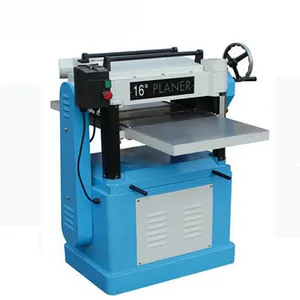


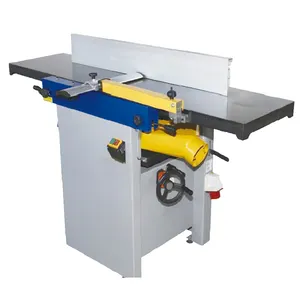



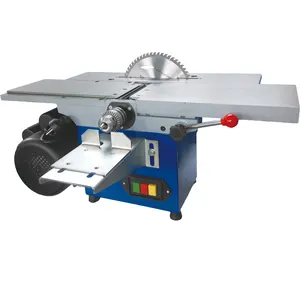


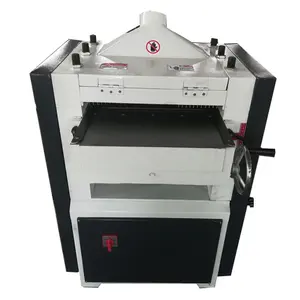
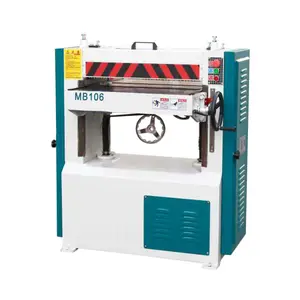
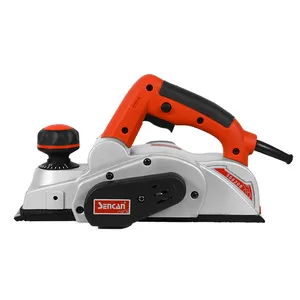
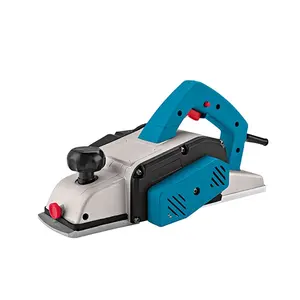

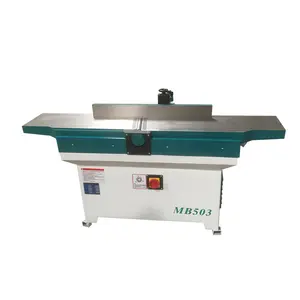
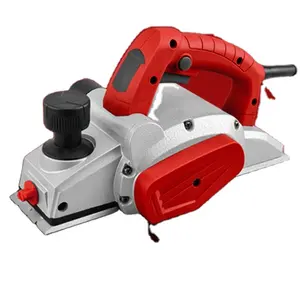





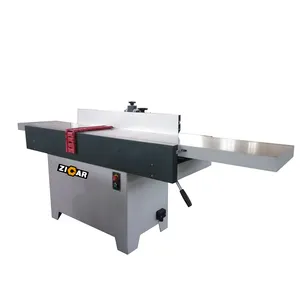

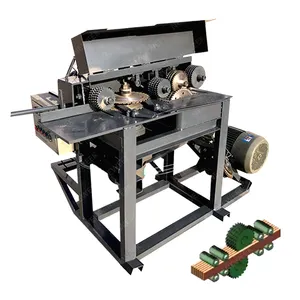

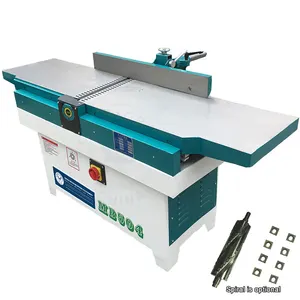





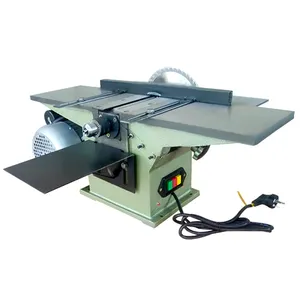


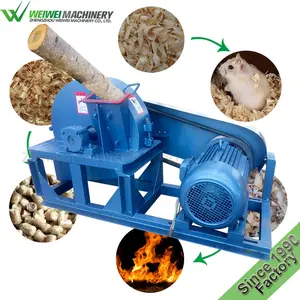



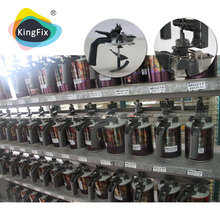




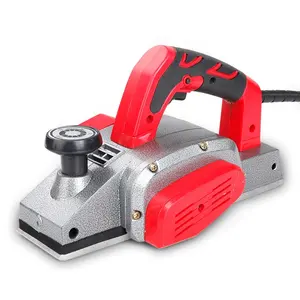
























 浙公网安备 33010002000092号
浙公网安备 33010002000092号 浙B2-20120091-4
浙B2-20120091-4